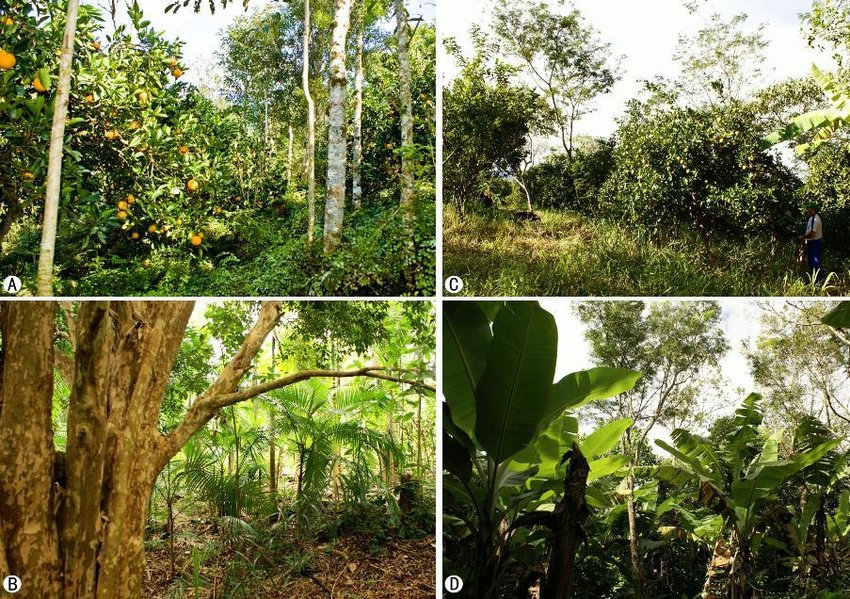Agroforestry Systems: Enhancing Sustainability on Rural Homesteads
In recent years, there has been a growing interest among rural homesteaders in adopting sustainable farming practices. One such practice that has gained popularity is agroforestry. Agroforestry systems combine the cultivation of trees with traditional agricultural crops or livestock, creating a mutually beneficial relationship that enhances both productivity and environmental sustainability.
So what exactly is agroforestry? At its core, it involves integrating trees into agricultural landscapes to create diverse and productive ecosystems. There are several different types of agroforestry systems, each with its own unique benefits and applications.
One common type of agroforestry system is alley cropping. In this approach, rows of trees are planted alongside rows of crops. The trees provide shade, reducing soil erosion and water evaporation while also acting as windbreaks to protect the crops from strong gusts. Additionally, the fallen leaves from the trees act as natural mulch, enriching the soil with organic matter.
Silvopasture is another popular form of agroforestry where pastureland is combined with tree cover. This system allows for simultaneous grazing by livestock and growth of valuable timber or fruit-bearing trees. The presence of trees provides shade for animals during hot summer months while also offering protection from harsh weather conditions like heavy rains or snowstorms.
Another noteworthy agroforestry practice is forest farming or multi-story cropping. Here, multiple layers of plants are cultivated within the same area – tall canopy trees at the top level followed by understory shrubs, herbaceous plants, and groundcover vegetation below them. This layering maximizes land use efficiency while promoting biodiversity by providing habitats for various species.
Agroforestry offers numerous benefits that make it an attractive option for rural homesteaders seeking sustainable solutions:
1) Increased resilience: By diversifying farm enterprises through tree integration, farmers can mitigate risks associated with climate change, pests, and diseases. Trees act as a buffer against extreme weather events and provide habitat for natural predators that control harmful insects.
2) Enhanced soil health: The presence of trees in agroforestry systems helps improve soil quality by reducing erosion, increasing organic matter content, and enhancing nutrient cycling. This results in healthier and more fertile soils that require fewer inputs like synthetic fertilizers.
3) Economic opportunities: Agroforestry systems can generate additional income streams through the sale of timber, fruits, nuts, or non-timber forest products such as medicinal herbs or honey. This diversification reduces reliance on a single crop while providing new avenues for revenue generation.
4) Environmental conservation: Agroforestry promotes biodiversity by creating habitats for birds, insects, and other wildlife species. It also contributes to carbon sequestration by storing atmospheric carbon dioxide in tree biomass and soil organic matter.
Implementing agroforestry systems requires careful planning and consideration of site-specific factors such as climate conditions, soil type, available resources, and market demands. Farmers interested in adopting these practices should seek guidance from agricultural extension services or local experts who can provide tailored advice based on their specific needs.
Agroforestry represents an innovative approach to sustainable farming that combines the best elements of both agriculture and forestry. By integrating trees into rural homesteads’ landscapes, farmers can create resilient ecosystems that benefit not only their bottom line but also the environment at large. With its myriad advantages ranging from improved soil health to increased biodiversity conservation, agroforestry is proving to be a valuable tool in promoting sustainable rural living.


Leave a comment